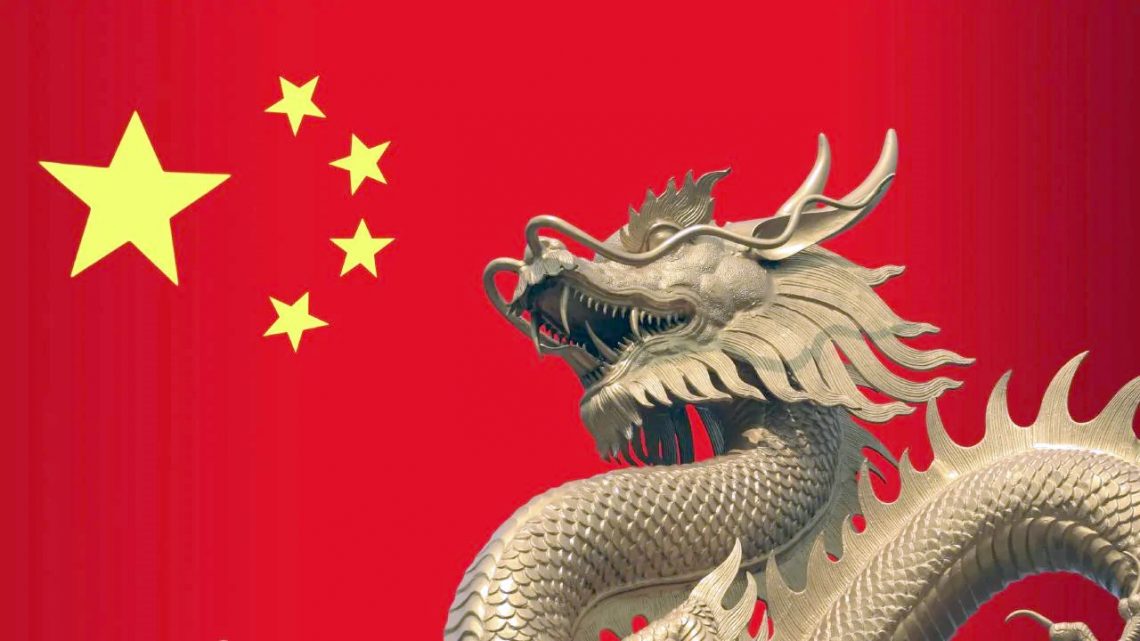
Riyadh: Mohammed Fathi
When those in charge of the global competitive mobility unravel the annual innovation performance, China does not leave the competition arena, but rather scramble the countries of the world in winning one of the top ranks. The country that ranked 17 globally on the Global Innovation Index last year, ranked second globally in the index Invest in researches.
The 2018 Global Innovation Index, which provides detailed measures of innovative performance in 126 countries around the world, according to 80 indicators, China raised its ranking in this index from the 22nd place last year to the 17th position for this year. While previously it advanced in 2016 for the first time to 25th place instead of 29th place in 2016 and 2015. China was ranked 35th place in 2013.
This historic jump in measures of innovative performance and improved rankings by 18 places during 6 years, caused China to be on the list of 20 on the index, for the first time in its history according to the “WIPO”, while maintaining its position for the fifth consecutive year as the best average economy Income, even close to the high-income economies.
While the previous year’s report showed that China tops a number of sub-classifications, including the size of the domestic market, human resources and patents, high-tech exports and industrial designs by origin, the World Intellectual Property Organization “WIPO” confirmed in its report issued in cooperation with Cornell American University in its eleventh edition this year, announced that the investment indicators in research and development in China are the second largest in the world, as it marked the continued rise in production indicators such as the number of scientific publications and the number of international patent applications.
Francis Gray, Director General of the World Intellectual Property Organization, WIPO, said that China’s success is a strategy carefully planned by the Chinese leadership to put innovation at the heart of the economy.
“We see the huge structural transformation underway in the Chinese economy from low-cost industries and factories to much higher knowledge-intensive industries, and innovation is the key to the success of this transformation,” he added.
For his part, Chen Zhangyu, director of the State Intellectual Property Office, said at a press conference held recently on the occasion of World Intellectual Property Day, that China had been leading the world in number of patent applications for 7 consecutive years, explaining that “the Chinese mainland” got about 1.38 One million patent applications until the end of 2017, which indicates an average of 9.8 patents per 10,000 people, he said, and about 51 thousand international patent applications, to occupy the second position in the world, and 5.748 million applications to register a trademark, the thing which makes China the world leader in this field for the 16th year in a row.
At the same time, China has witnessed a significant improvement in the effectiveness of the use of intellectual property rights, as it has established 10 centers for intellectual property rights trading at the country level, and the total amount of imports and exports of intellectual property use fees exceeded 30 billion US dollars, according to China News Network.
China also ranked 5 in the list of the world’s 20 most innovative economies, according to the Global Innovation Index ranking published by the World Intellectual Property Organization.
Any follower of the global innovation index movement, observes that China is vigorously pumping more inventions and innovations in its veins, and its attitude is not neglected; to be the master of the technology world, by trying to control all products and innovations, and everything related to industry worldwide, raises the concern of the United States.
To enhance its competitiveness, China launched a “Made in China 2025” strategy in 2015 and injected 300 billion US Dollars in investment value, to form a milestone in its relentless endeavors to realize its dream of achieving self-sufficiency in the high-tech sector, and to enhance competitiveness in technological innovation to compete with Europe and America.
A movement that simmers on a quiet fire, closely watched by specialists in the knowledge economy, and some are betting on China to pull the rug from the land of innovations “Silicon Valley” in America soon.















